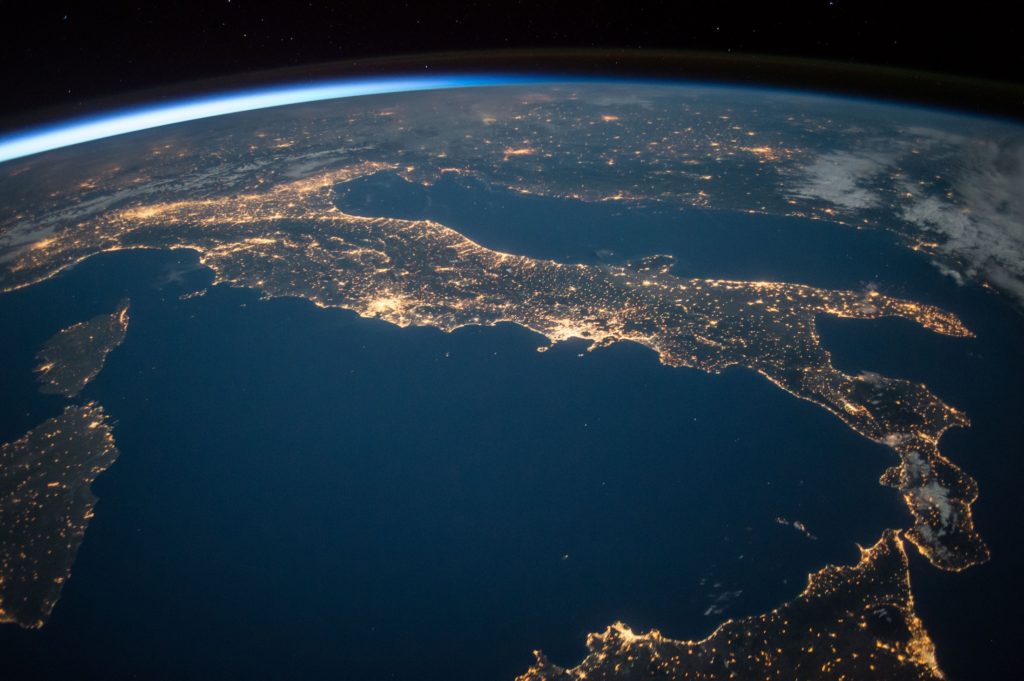A new study claims that Earth may not be the best plant in the universe for life. According to researchers, there are about 24 other planets that are superhabitable, some with living conditions more suitable for life than here on Earth.
The study, led by Washington State University scientist Dirk Schulze-Makuch and recently published in the journal Astrobiology, analysed exoplanets in the universe that are capable of sustaining life, with the aim of finding future planets for humans to live on. They had a host of criteria, and considered 4500 known exoplanets outside of our solar system.
Being habitable, however, does not mean that these planets definitely have life, just that they have the conditions to sustain life. Factors like temperature, liquid water, magnetic fields and a breathable atmosphere are all important.
The research team considered systems with stars similar to our Sun, but also looked at systems with K-star dwarf stars, which are cooler, less massive and less luminous than our Sun. K stars have longer lifespans of 20 billion to 70 billion years, which means its orbiting planets are older and give more time for life to advance.
Ideally, the researchers were looking for exoplanets between 5 billion to 8 billion years old, as they were old enough to still have a strong magnetic field powered by geothermal energy. The Earth is about 4.5 billion years old, in comparison.
They also looked for planets that are larger, warmer and wetter than Earth, in terms of moisture, clouds, and atmospheric humidity. A planet that is 10% larger and heavier than Earth has more habitable land, and those with greater moisture and a surface temperature that is 5°C higher than Earth’s would also be better for biodiversity.
At least 24 planets were identified as ‘superhabitable’, but they are all 100 light years away. Scientists hope that in future, telescopes will have advanced enough to give us greater access to and data on these planets.
“With the next space telescopes coming up, we will get more information, so it is important to select some targets,” said Professor Schulze-Makuch.
“We have to focus on certain planets that have the most promising conditions for complex life. However, we have to be careful to not get stuck looking for a second Earth because there could be planets that might be more suitable for life than ours.”
While none of the 24 identified planets meets all the criteria for superhabitable planets, one has four of the critical characteristics, which means it is likely to be more suitable for life than Earth.
“It’s sometimes difficult to convey this principle of superhabitable planets because we think we have the best planet,” said Professor Schulze-Makuch. “We have a great number of complex and diverse lifeforms, and many that can survive in extreme environments. It is good to have adaptable life, but that doesn’t mean that we have the best of everything.”
Picture: Pexels

